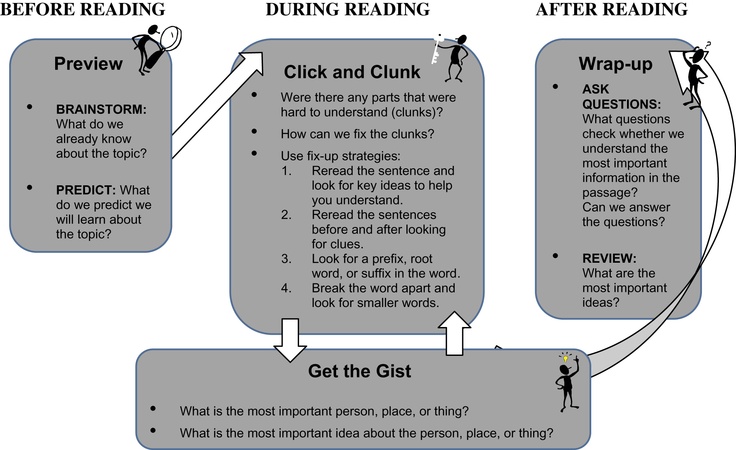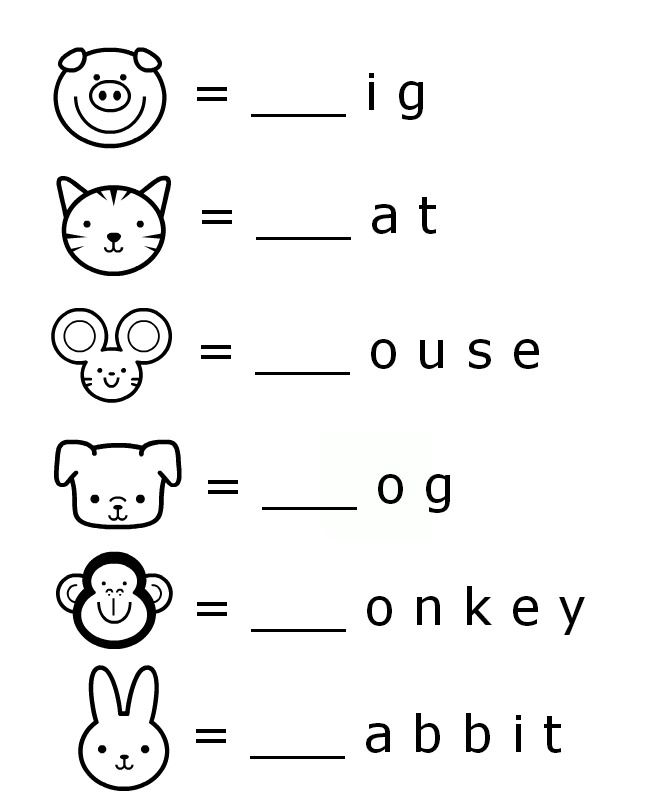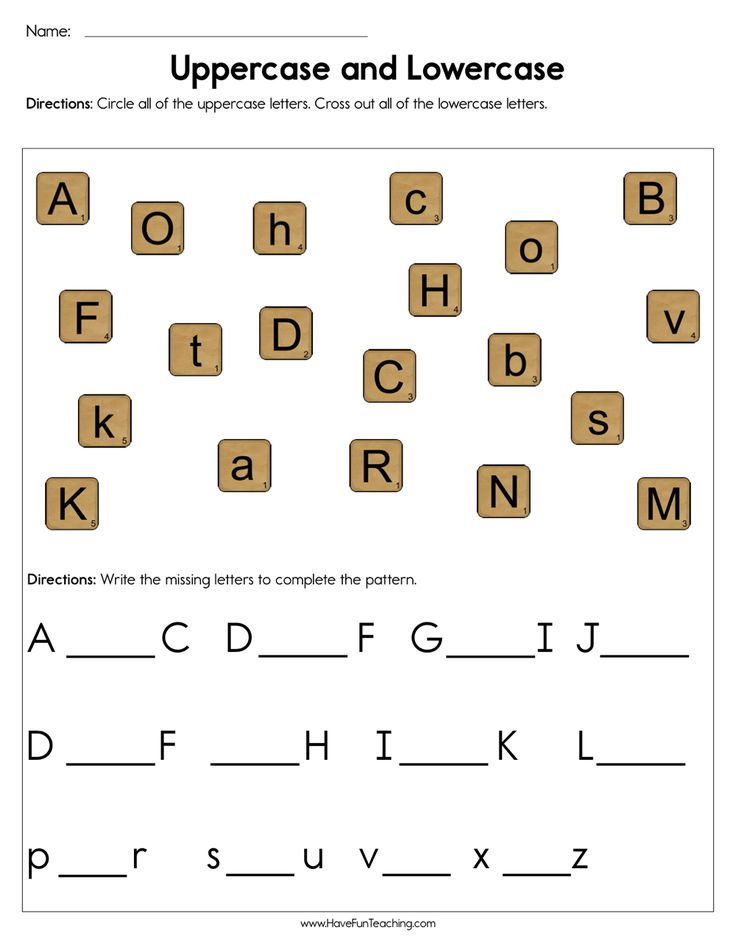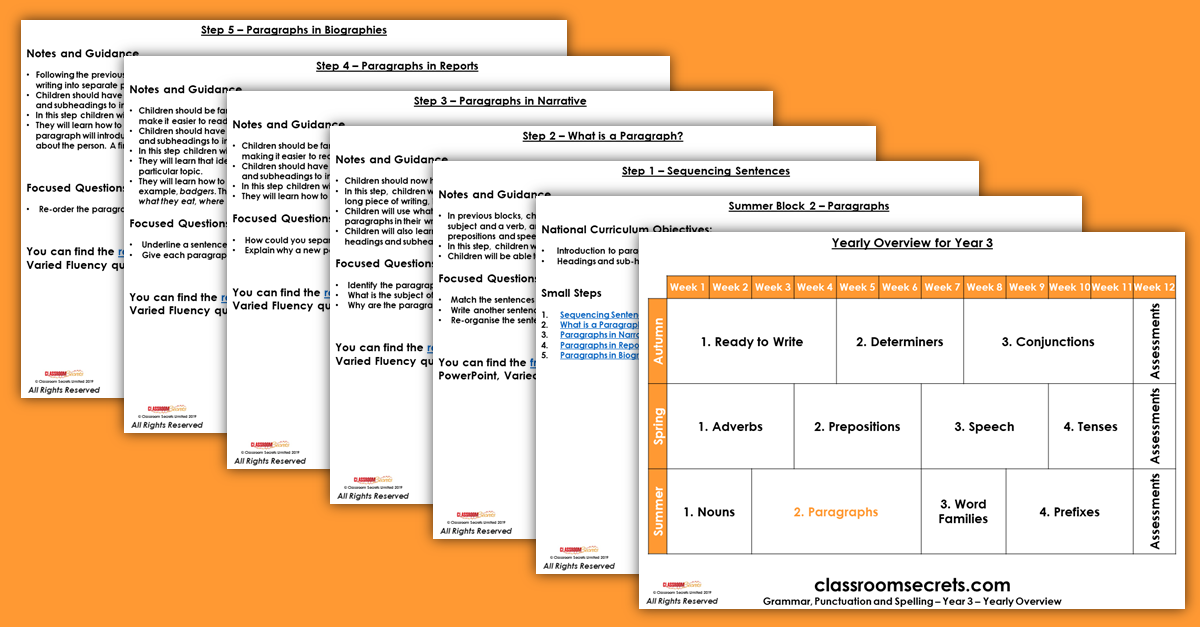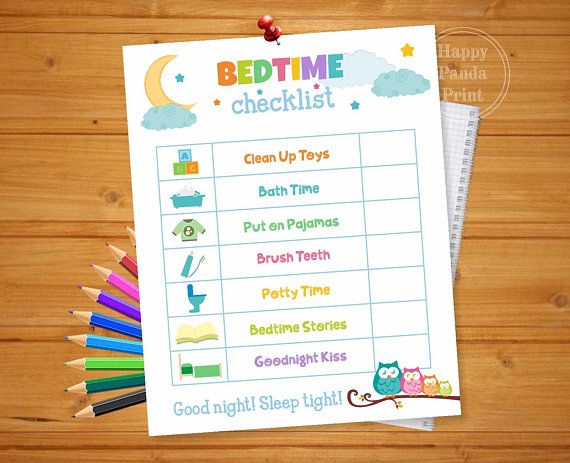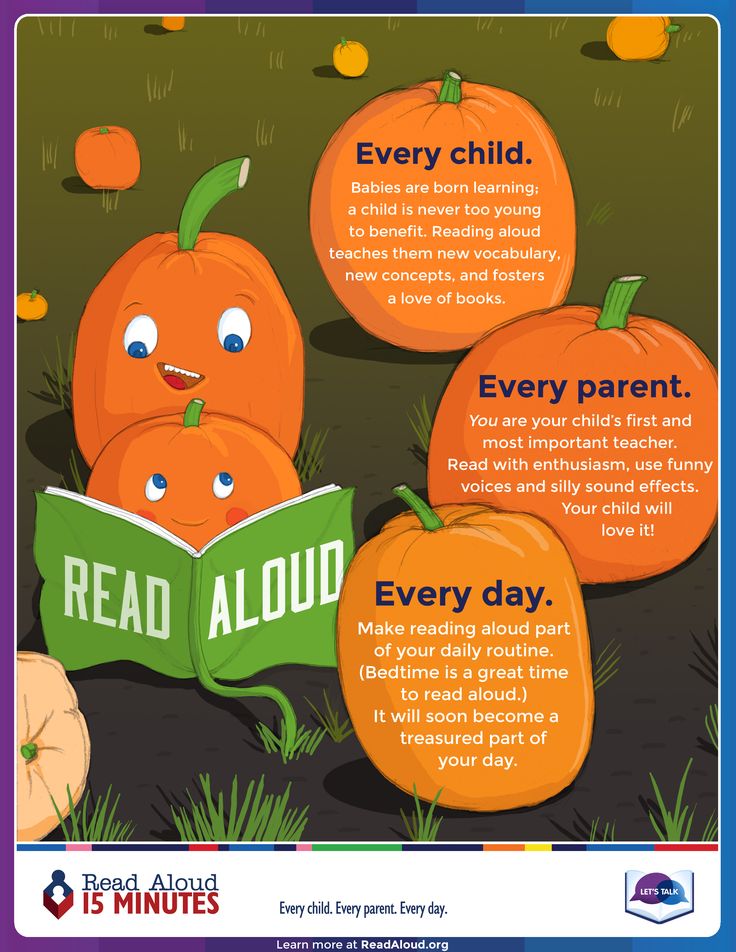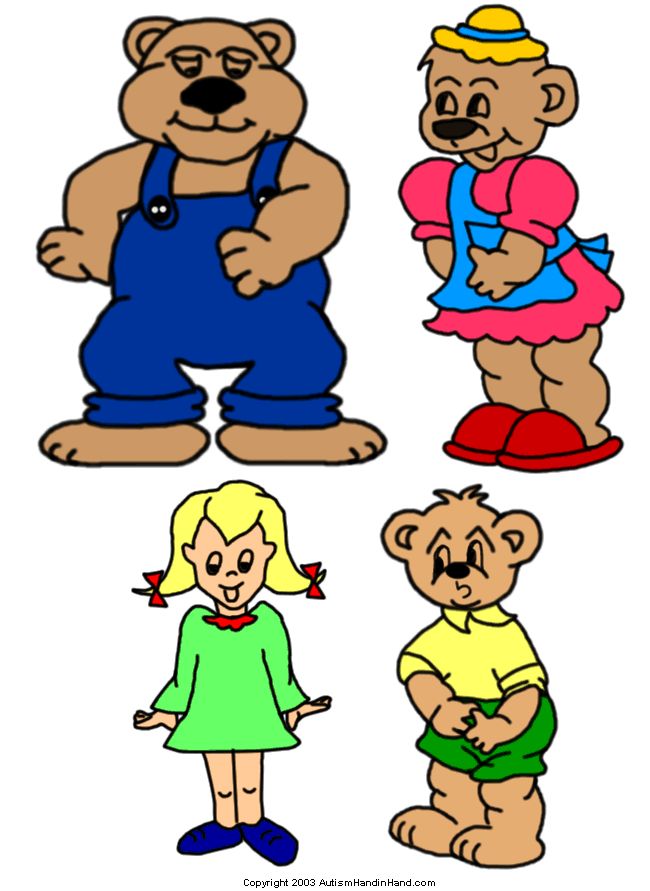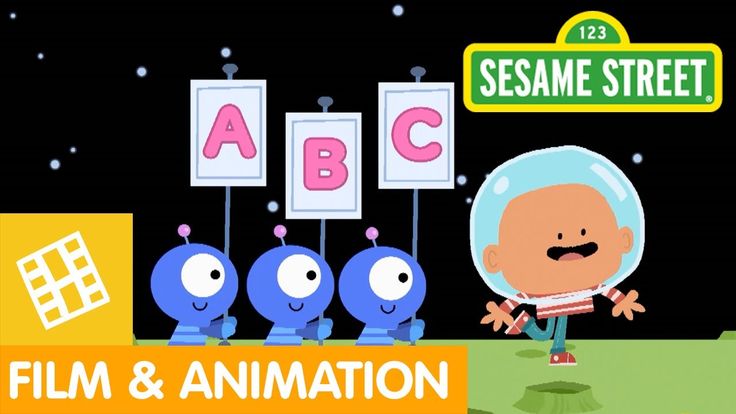Books for reading strategies
Books for Teaching Reading Comprehension Strategies
Teaching reading comprehension is a must. Kids need to know that recognizing and saying the correct words is only PART of reading. Comprehension is the other side of the coin. Making meaning of the text is the ultimate goal of reading.
Reading Comprehension Articles
Over the last few years, we’ve posted quite a few comprehension articles and printables. I’ve shared from my experience as a classroom teacher, reading tutor, and homeschooling mama. Here are some you may enjoy below.
- Reading Comprehension Strategies: Reading Equals Thinking
- Teaching Reading Comprehension Strategies {Fix-Up Strategies}
- Struggling Readers Need to Develop “Thoughtful” Literacy
- Reading Comprehension Strategies {10-week series}
- Before they Read: Connecting: Supporting Comprehension and Fluency Before Reading
- 5 Days of Teaching Text Structure to Readers {fiction and nonfiction}
*This post contains affiliate links.
Included in the list below are books for teaching reading comprehension that have been read and underlined and revisited multiple times by me OR that have been suggested to me by other colleagues and professional reading teachers. Most explain comprehension from a classroom perspective, giving classroom examples, but don’t let that fool you into thinking you can’t use the ideas as a tutor, parent, or homeschooler. I certainly have!
Books for Teaching Reading Comprehension
Reading with Meaning by Debbie Miller is one of the first books I read on reading comprehension {I have the 1st edition}. If you are teaching young readers, say Pre-K through 2nd grade, you will find practical ways that you can teach reading comprehension plus definitions for each strategy that are perfect for younger kids. I love the book lists the end of each chapter, too.
7 Keys to Comprehension by Susan Zimmermann is a GREAT book that I highly recommend for parents.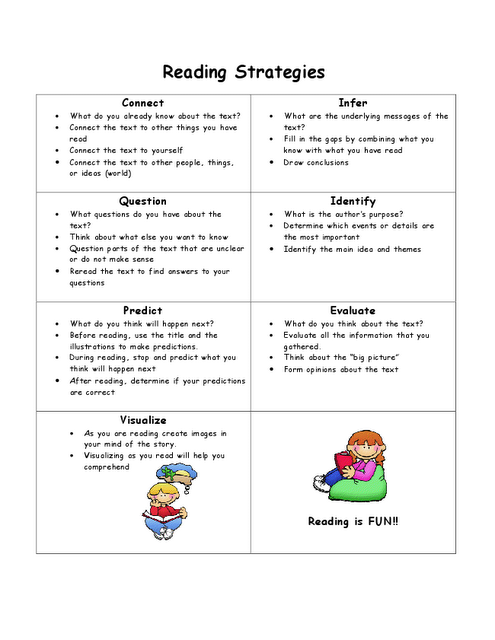 It goes through each strategy and explains it in easy-to-understand terms. It avoids the teacher-y terms that so many other books use. If you’re a new teacher {or even seasoned teacher} and need help for teaching comprehension, I also recommend this book for you!
It goes through each strategy and explains it in easy-to-understand terms. It avoids the teacher-y terms that so many other books use. If you’re a new teacher {or even seasoned teacher} and need help for teaching comprehension, I also recommend this book for you!
Strategies that Work by Stephanie Harvey & Anne Goudvis was the second book I read about teaching reading comprehension. Again, it comes from the classroom perspective, but it has some fantastic ideas for 3rd grade through middle school.
Summarizing, Paraphrasing, and Retelling by Emily Kissner is a FANTASTIC read for teachers, parents, and tutors of kids in the upper elementary grades and middle school. I devoured it from cover to cover when I was first learning about text structure. I have also had the privilege of having Emily Kissner write a guest post on This Reading Mama!
Comprehension Connections: Bridges to Strategic Reading by Tanny McGregor is not one that I have personally read, but I have heard such great things about it.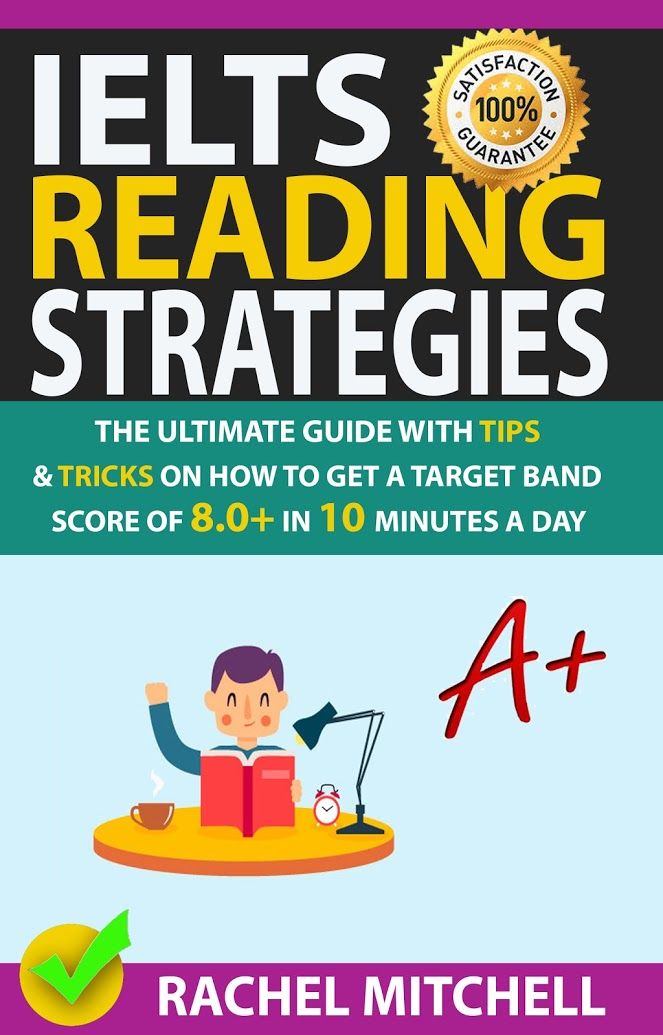 The thing that impressed me the most is how he takes the strategies and breaks them down into what he calls a “launching sequence.” Starting with using concrete experiences, he teaches students using concrete examples that kids can connect with. He moves through a series of lessons until kids are using that strategy with text. I would imagine this launching sequence would be great for any student, but especially struggling students or those with special needs.
The thing that impressed me the most is how he takes the strategies and breaks them down into what he calls a “launching sequence.” Starting with using concrete experiences, he teaches students using concrete examples that kids can connect with. He moves through a series of lessons until kids are using that strategy with text. I would imagine this launching sequence would be great for any student, but especially struggling students or those with special needs.
The Art of Teaching Reading by Lucy Calkins is a long read. And it isn’t completely all about reading comprehension. But it is a GOOD read. This is one that I read while I was still a classroom. It challenged and transformed some of my reading teaching methods. I would recommend this book to anyone, but it would probably be most helpful to classroom teachers and reading tutors. And just in case you’re wondering, I also read Lucy Calkin’s
The Art of Teaching Writing and it was equally as good, if not better.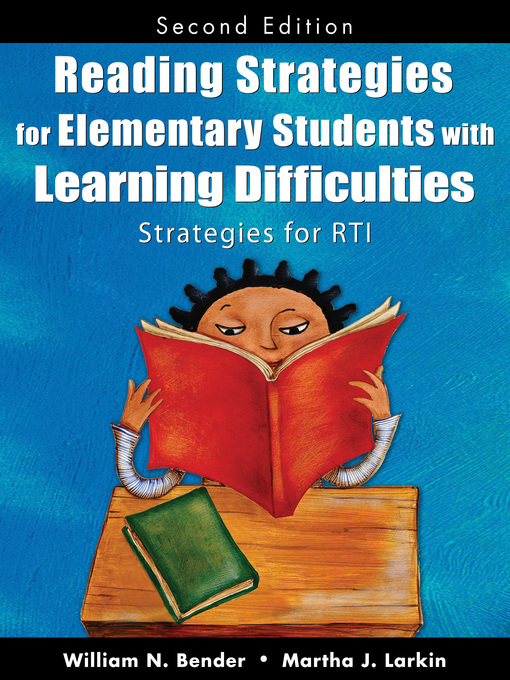
Improving Comprehension with Think-Aloud Strategies by Jeffery D. Wilhelm is another book I’d recommend to parents and classroom teachers alike. A think-aloud is when you take a piece of text {that you’ve planned ahead} and you model a comprehension strategy or two with the passage. Think-alouds help our thinking become “visible” so kids can hear the thoughts in our head and know how to use a certain strategy. Love this book!
Bringing Words to Life by Isabel Beck is not necessarily a book about comprehension strategies, BUT if you think about it, vocabulary is HIGHLY related to reading comprehension! And Beck’s book is the best I’ve read on teaching vocabulary. It is OFTEN referred to in other books. I’ve even referred to it for teaching vocabulary with my own kids.
Classroom Strategies for Interactive Learning by Doug Buehl is a newer one that I was introduced to this year.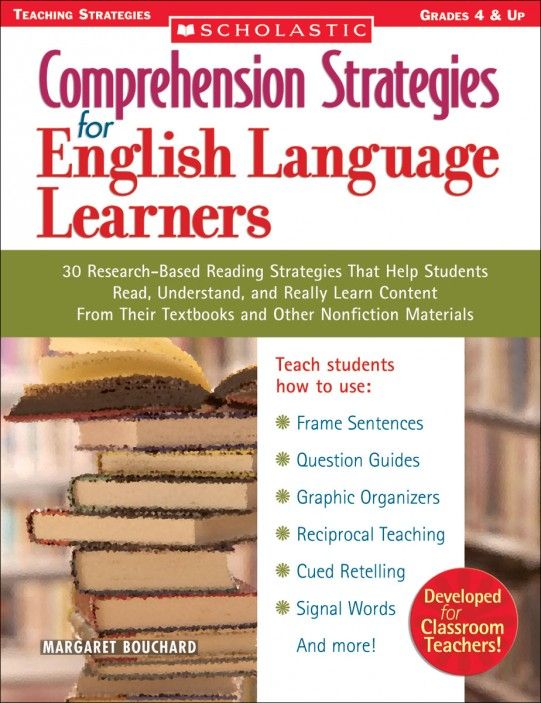 And just because it says, “classroom strategies”, don’t dismiss this one as a tool for at home instruction or tutoring! In it, you’ll find ready-to-go graphic organizers and strategies for comprehending fiction and nonfiction. I would recommend this one for upper elementary and middle school kids.
And just because it says, “classroom strategies”, don’t dismiss this one as a tool for at home instruction or tutoring! In it, you’ll find ready-to-go graphic organizers and strategies for comprehending fiction and nonfiction. I would recommend this one for upper elementary and middle school kids.
The Forest and the Trees by Emily Kissner is another great read for older students {4th grade and above}. Her focus is helping reader identify the important details authors include in texts that will help them comprehend better. She has found that many readers often pay attention to unimportant details and this interferes with comprehension.
And if you’ll allow me to add…
How to Choose “Just Right” Books by Becky Spence {that’s me} is a book I wrote in response to the many emails from parents. It is not completely about comprehension, but does explain the comprehension strategies. It even has a handy list of questions we can ask kids to dig deeper into their comprehension of text. You can purchase the PDF here.
It even has a handy list of questions we can ask kids to dig deeper into their comprehension of text. You can purchase the PDF here.
If you’re looking for books to help you model comprehension strategies, find them here!
Follow This Reading Mama’s board Comprehension Strategies on Pinterest.
~Becky
50+ Books for Modeling Comprehension Strategies
Modeling comprehension strategies is KEY for readers of ALL ages. That’s why reading TO and WITH your child is vital, even if they are in upper elementary school! So much of comprehension is silent, meaning our readers never hear or see it. As I mention in our Reading Comprehension Series, we need to be explicit in thinking out loud to SHOW readers how we comprehend and monitor our comprehension when reading.
*This post contains affiliate links.
Modeling our comprehension out loud may seem quite unnatural to some of us.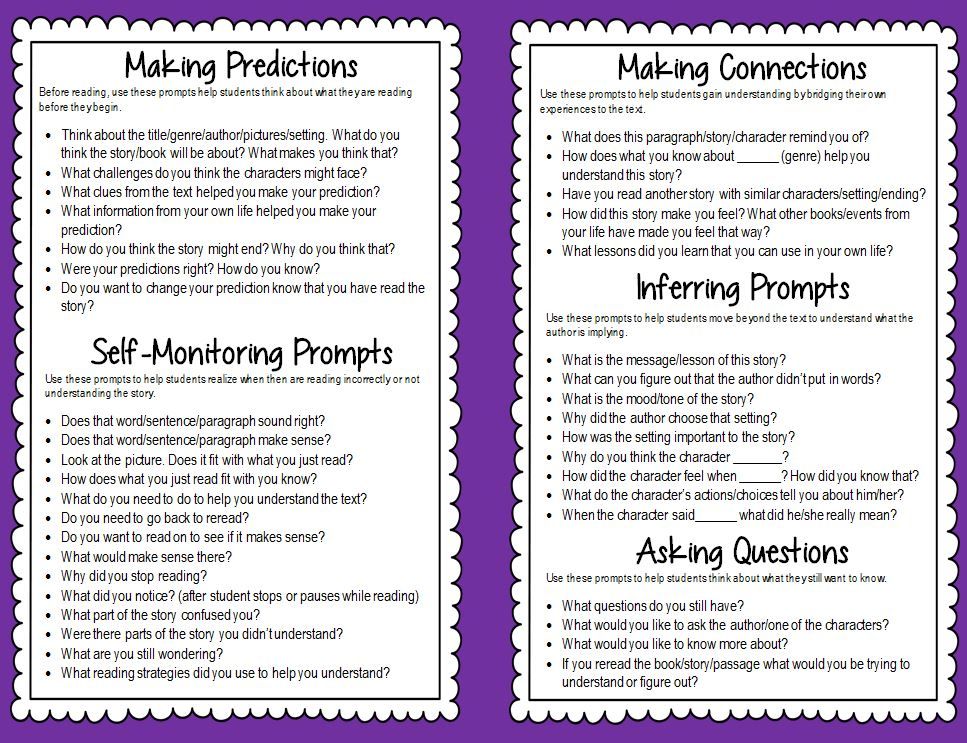 I know it did for me when I first started teaching. That’s why I’ve compiled these book lists as they can help facilitate modeling comprehension strategies with your child. They are written in a way that you can’t help but ask questions, or predict what will come next, just to mention a couple. These books are some favorites that I’ve used over and over again in the classroom, as a reading tutor, and now as a homeschooling mama.
I know it did for me when I first started teaching. That’s why I’ve compiled these book lists as they can help facilitate modeling comprehension strategies with your child. They are written in a way that you can’t help but ask questions, or predict what will come next, just to mention a couple. These books are some favorites that I’ve used over and over again in the classroom, as a reading tutor, and now as a homeschooling mama.
Even if you don’t feel your child needs to work on comprehension, these are HIGH quality texts than can be read and enjoyed together any time.
Books for Teaching Reading Comprehension
If you’re new to the teaching of reading comprehension, I highly recommend that you get your hands on some of these books you see below {click here or on the image below} and read the seriously amazing ideas inside. If you are a classroom teacher, most of these books are geared towards you, but homeschooling parents can definitely glean from them, too.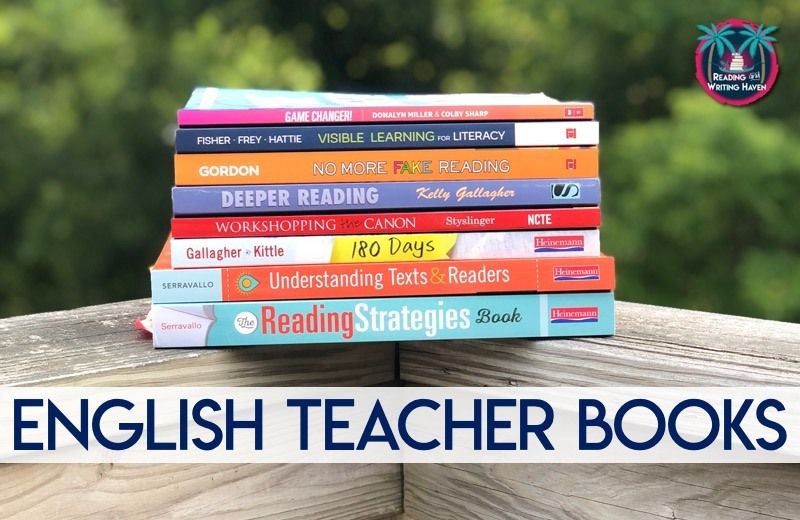
My number one recommendation for homeschooling parents or parents in general is 7 Keys to Comprehension by Susan Zimmermann because it is written without as much teacher jargon. If you’re struggling to model your comprehension out loud and wondering where to start, Improving Comprehension with Think-Aloud Strategies by Jeffrey Wilhelm is a great read that explains the reasons behind it and steps you can take to make your think alouds ROCK!
And if you’re unsure what comprehension strategies are to begin with, you’ll find a quick overview of the different comprehension strategies kids need to understand in our post, Comprehension Strategies: Reading Equals Thinking.
50+ Texts for Modeling Comprehension
In the lists below, find our suggested books for each comprehension strategy!
- Books to Help Kids MAKE CONNECTIONS
- Books for MAKING INFERENCES and PREDICTIONS
- Books & Poetry for MAKING MENTAL IMAGES
- Books that Model & Teach Figurative Language
- Books that Get Kids ASKING QUESTIONS
- Books with a Clear Problem & Solution
- Great Books for Teaching SYNTHESIZING
Now you can take these book lists to the library or book store ~
Just download our printable comprehension book list!
Enjoy!
~Becky
Want MORE Free Teaching Resources?
Join thousands of other subscribers to get hands-on activities and printables delivered right to your inbox!
Modern reading strategies
Available 3 pcs.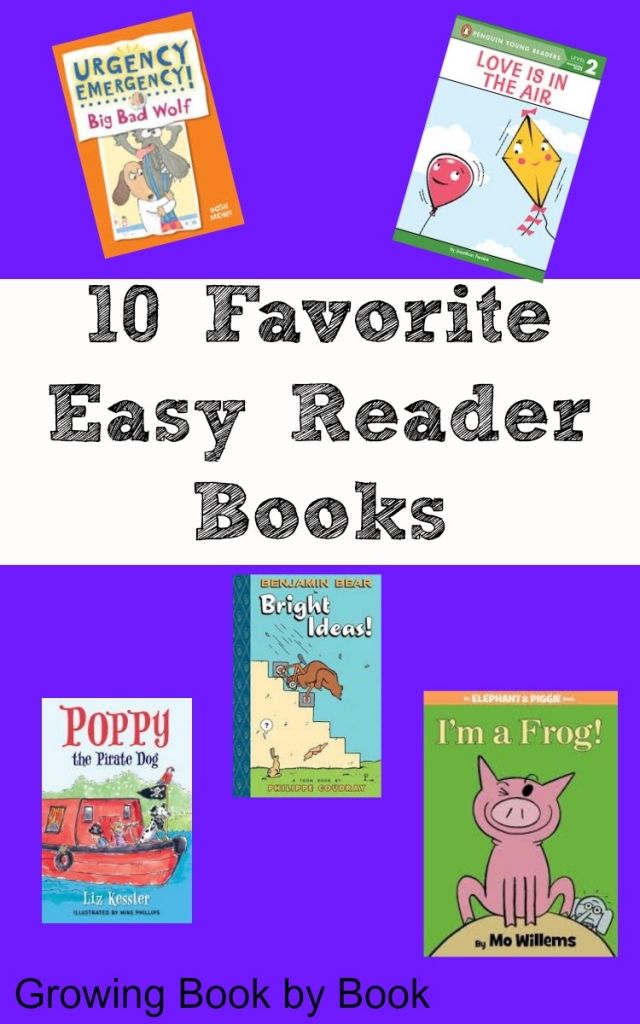
Add to cart
↻
Delivery terms
| Author | Romanicheva E. Prantsova G. |
|---|---|
| Publisher | rare bird |
| Year of publication | 2021 | nine0018
| Binding | Hard |
| Pages | 368 |
| Format | 140x205 mm |
| Language | Russian |
| ISBN | nine0016 978-5-9909479-3-1|
Art.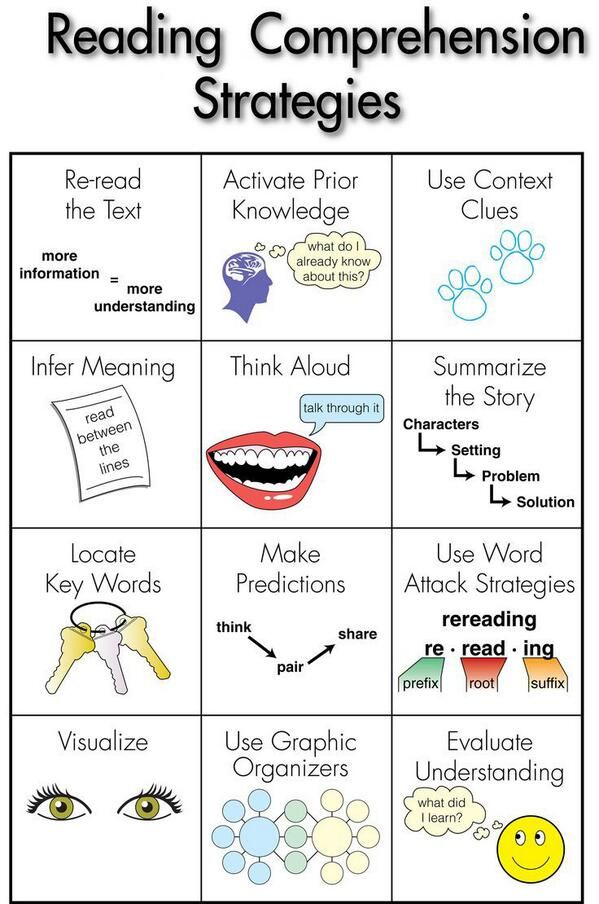 No. No. | 1151534 |
- About the book
The book outlines the system of necessary knowledge and practical skills in the field of reading and writing for further successful educational and professional activities. Various strategies of textual activity are described and a variety of texts are proposed, in the process of working with which one can master modern strategies for reading and understanding scientific, educational and literary texts. nine0003
The manual also provides a glossary (concise reading dictionary) that includes the necessary terms and concepts related to reading literacy studies in the format proposed by PISA.
The manual is addressed to the widest range of readers: students, undergraduates, graduate students, as well as all those who want to master the skills of semantic reading of texts and become a qualified reader, can also be used by subject teachers working on the new Federal State Educational Standards, in which reading is considered as a general educational skill, a way of working with information and a means of educating and developing students.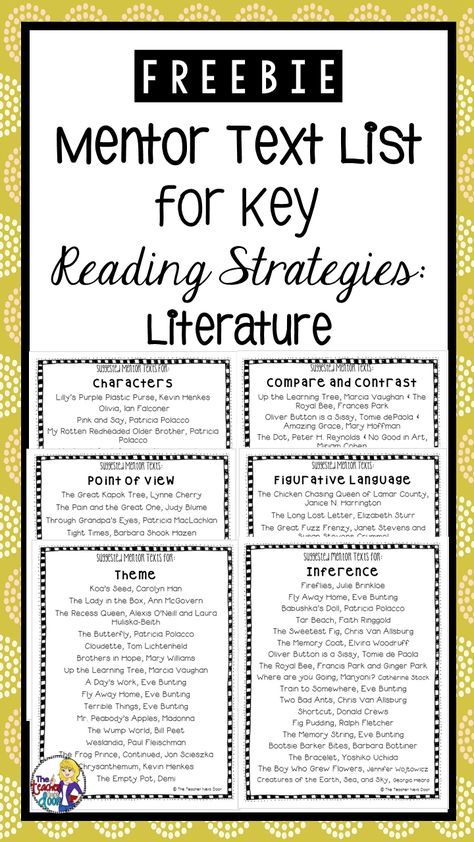 nine0003
nine0003
Subscribe to the mailing list
Once a month we will send you book reviews, promotional codes and all sorts of news
how to get the most out of what you read - The Idealist
Author: James Clear
Finishing a book is easy. Understanding it is much more difficult.
In recent years, I have been focused on cultivating healthy reading habits and learning to read more. But the key to success is not just consuming more pages, but reading better. For most people, the real goal in reading nonfiction, nonfiction, is to improve their lives by acquiring a new skill, understanding an important issue, or changing their view of the world. Reading books is important, but it's also important to be able to put what you read to good use. nine0003
That's why I'd like to share with you three book comprehension strategies that I use to make reading more productive
Strategies for understanding and benefiting from what you read
- 1.
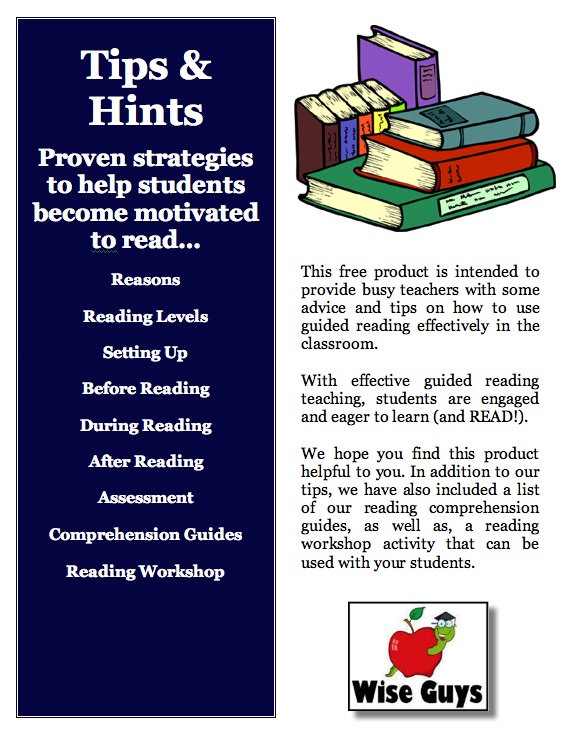 Make it easy to search through the notes you take in the process of reading
Make it easy to search through the notes you take in the process of reading
Creating searchable notes is essential to easily returning to ideas. This increases the likelihood that you will apply what you read in real life. An idea is only useful when you can find it when needed. And today it is not necessary to keep everything in memory. nine0003
I keep all my book notes in Evernote . I strongly recommend this program to you because: 1. search is available in it 2. it is easy to use on multiple devices 3. you can create and save notes even if you are not connected to the Internet. I create notes in Evernote in three ways.
First, if I'm listening to an audiobook, I create a new note for it and write down the information as I listen. I prefer to listen to audiobooks at 1.25x and hit pause whenever I want to record something. The faster listening process and the slower recording of information creates a balance, so I usually finish the book in about the same time as classical listening.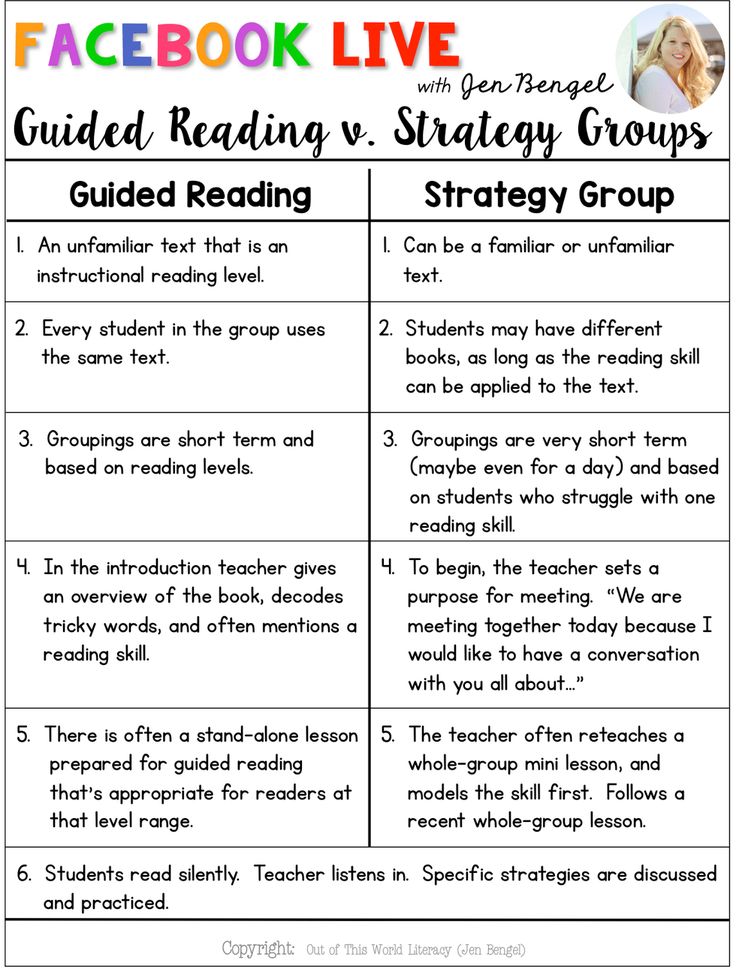 nine0003
nine0003
Second, if I'm reading a printed book, I follow the same algorithm with one difference. Taking notes while reading can be annoying because you have to put the book down every time. I like to place the book on a book stand, which makes it convenient to write long notes and leaves my hands free while reading.
Printed books and audiobooks are great, but this system is really great for reading ebooks. My third (and priority) reading method is e-books on the Kindle Paperwhite. I can easily highlight the passage I want to read on my Kindle—no typing required. After I'm done reading, I use a program called Clippings to import all my Kindle notes into Evernote. nine0003
These three approaches make it much easier for me to move my notes to Evernote, where they are searchable. Even if I don't remember where I read about a particular idea, I can just search my Evernote folder and quickly find the answer.
2. Integrate thoughts while reading
When you go to the library, you see that all the books there are divided into different categories: biographies, history, science, psychology.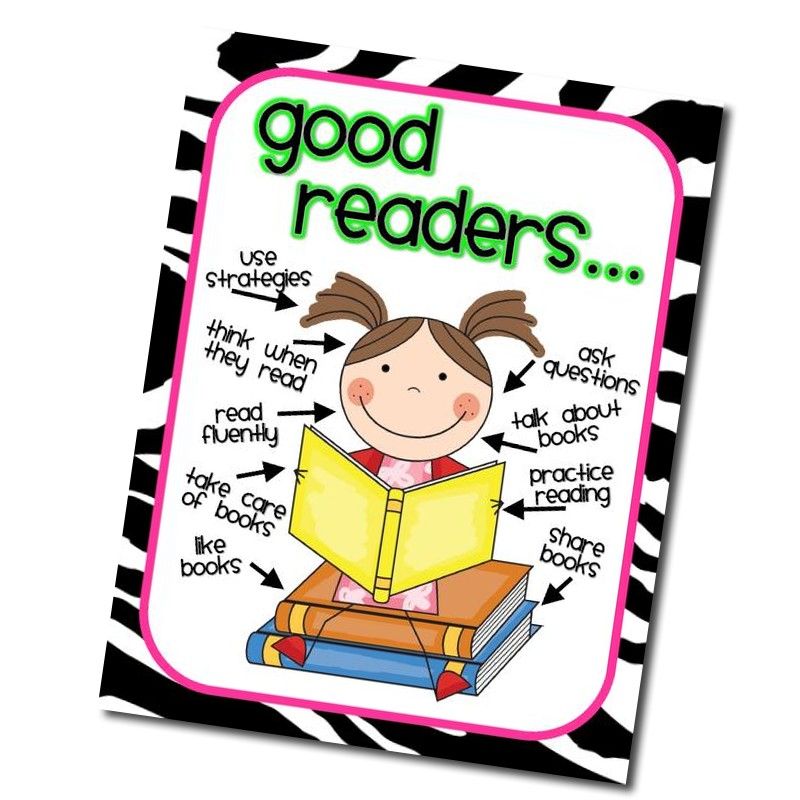 In the real world, of course, knowledge is not divided into clearly defined areas. Topics intersect and flow into each other. All knowledge is interconnected. nine0003
In the real world, of course, knowledge is not divided into clearly defined areas. Topics intersect and flow into each other. All knowledge is interconnected. nine0003
The most useful ideas are very often found at the intersection of ideas
The most useful ideas are often found at the intersection of ideas. For this reason, I'm trying to imagine how the book I'm reading can relate to all the ideas that I already have in my head. Whenever possible, I try to integrate the ideas of what I read with the previous ones.
For example:
When I read the book The Signaling Brain by neuroscientist V. S. Ramachandran, I found that one of his key ideas is related to an idea I learned from social work researcher Brené Brown. nine0135 While reviewing notes on Mark Manson's "The Subtle Art of Not Screwing Up," I noted how Mark's idea of "killing yourself" intersects with Paul Graham's essay on preserving our identity.
When I read George Leonard's Mastery, I found that while his entire book is about improvement, it also sheds light on the relationship between genetics and performance.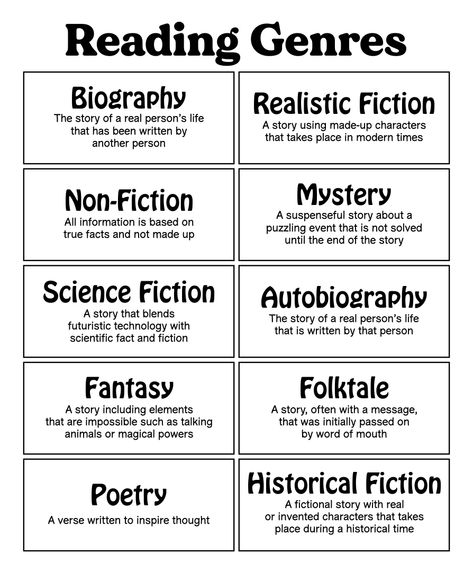
I have added each of these findings to my notes for the specific book. This process of integration and connection is critical not only to "holding" new ideas in your brain, but also to understanding the world as a whole. nine0003
Very often people use one book or article as the basis for a whole worldview, a system of beliefs. By forcing yourself to combine ideas, you will be able to understand that there can be no single view of the world. The complex connections between ideas are where the most beautiful knowledge is often found.
3. Summarize the book in one paragraph
As soon as I finish the book, I force myself to summarize the entire text I read in three sentences. This limitation is just a game, of course, but I find this exercise helpful because it forces me to revisit my notes and think about what was really important in the book. nine0003
How can I describe this book to a friend? What are its main ideas? If I wanted to implement only one idea from the book I read, what would it be?
In many cases I have found that I can usually get as much useful information from re-reading my summary paragraph as if I were re-reading the whole book again (there is a lot of water in modern non-fiction books).